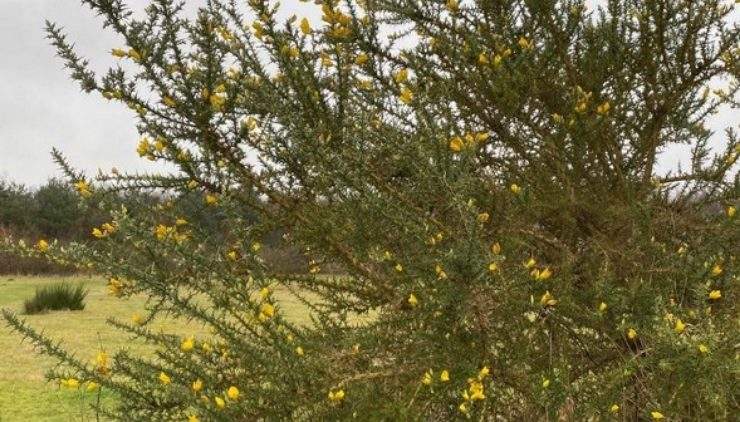February 2011
- Categories:
- Nature
Already at Kelling it seems as if spring is on the way with bluebell, cuckoopint and wild garlic shoots poking through the leaf litter and lesser celandine in flower.
Robins, dunnocks and great tits are singing and there is frantic activity by the resident tawny owl population in preparation for the breeding season.
The tawny owl has been described as the most musical of owls with up to ten different basic calls of adults in the breeding season. The ‘normal’ song the familiar hooting of the male functions as both a territorial and a courtship call. The contact call ‘kewick’ is the most frequent call of the female but is also used by the male. At this time of year the female may answer the male’s hoot with ‘kewick’ as a kind of duet.
The flocks of chaffinches around the birdfeeders have been joined by good numbers of bramblings. This strikingly beautify finch has orange epaulettes and a bright yellow-orange breast. The males have dark heads, lightened by pale feather fringes that will wear away in the spring to reveal black heads. The females are drabber, but with greyish and peachy-orange washes over the tortoiseshell plumage. The birds nasal calls will help you identify them flying overhead or if they are perched out of site high in the trees. Most of the bramblings that visit us are from Scandinavian and western Russia, where they breed in birch and conifer forests, so the woods are Kelling will seem very familiar to them.
Hopefully we will have some warm, sunny days in late February and early March and then we may be treated to the sight of Brimstone, Comma or Small Tortoiseshell butterflies as all these species overwinter as adults and on warm days will be foraging for nectar from the early spring flowers. Brimstones in particular are very active butterflies and will travel long distances looking for nectar sources and for buckthorn plants to lay their eggs on. I had my first sight of frogs moving back to their breeding pond last week during a rain shower and newts are on the move in the ‘conservation’ pond area.
Any day now the adders will be emerging from hibernation on the heath. The adult males emerge first, then the females and finally the immatures. Each individual adder remains under cover until about 10am, when they emerge and stay out until the middle of the afternoon when they go back into cover. At this time of year they are very lethargic and do not feed, so it is often the time of year when most visitors can see them rather than later in the year when they are a lot more active.
The countryside team at Kelling have put up a number of new nest boxes around the park so hopefully they will be as successful as the bat boxes we checked in the autumn.


